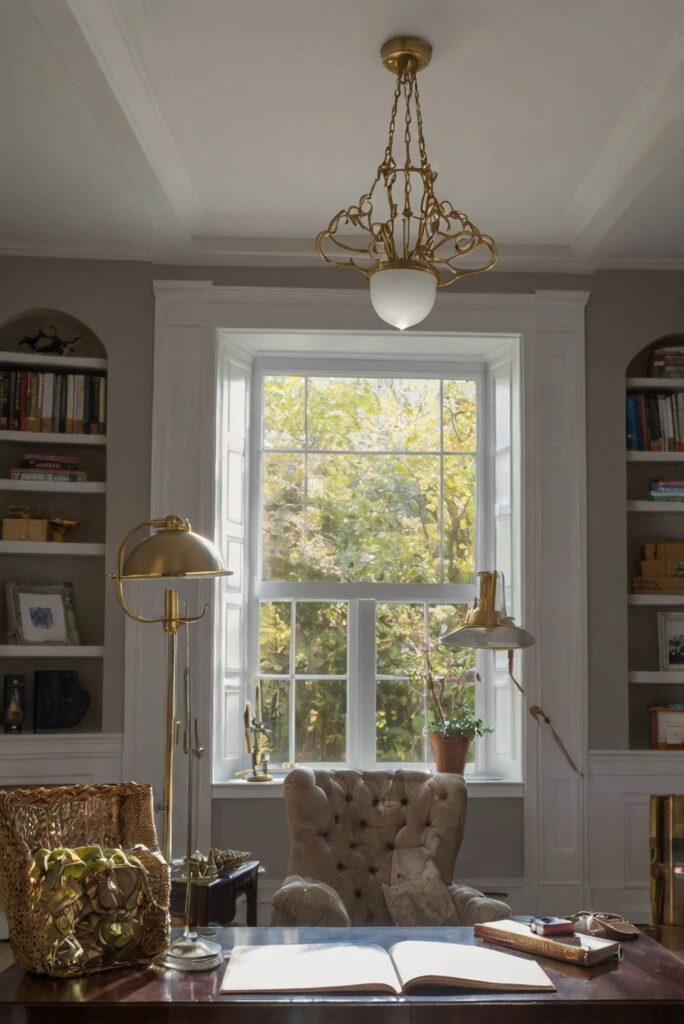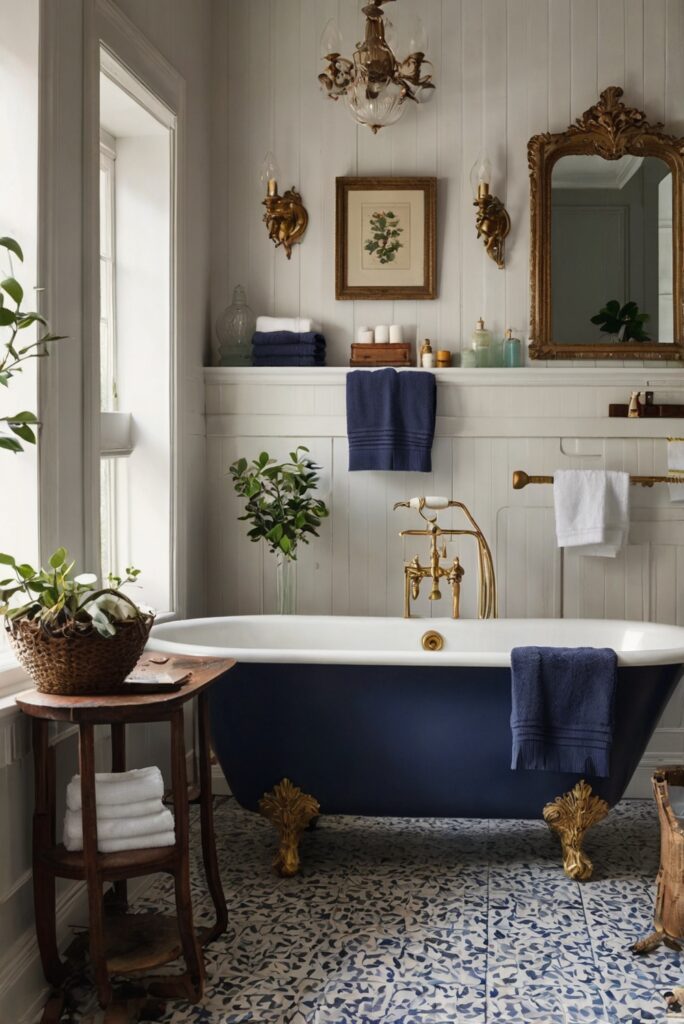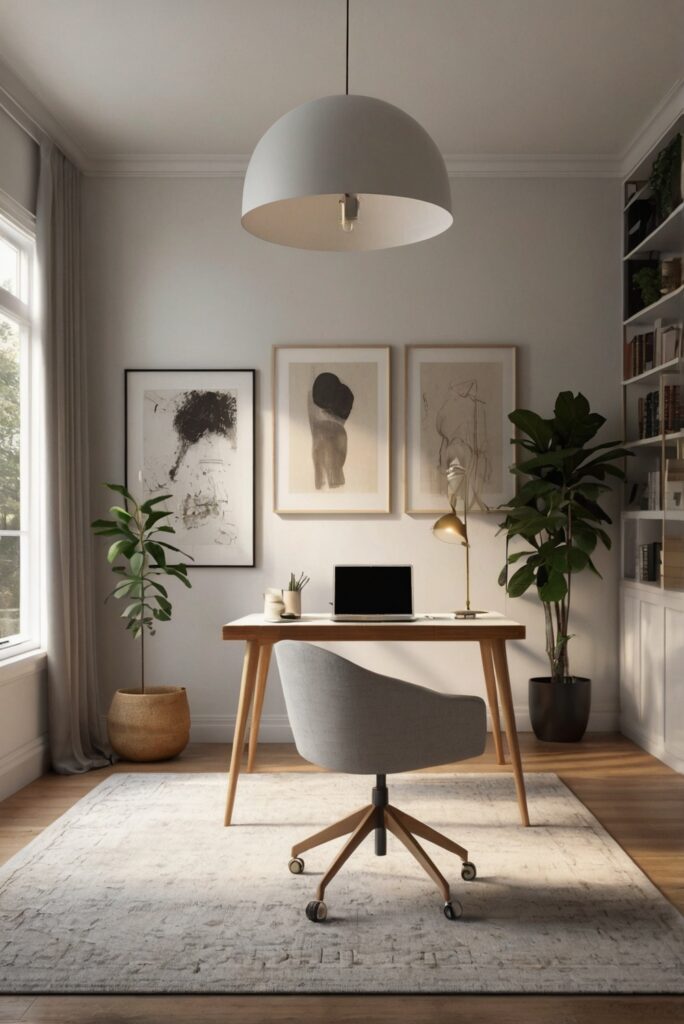Discover how incorporating energy-saving bulbs into your daily interior design routine can enhance your space while reducing energy consumption. Learn more about the benefits today.
What Are the Benefits of Using Energy-Saving Bulbs?
What Are the Benefits of Using Energy-Saving Bulbs?
Energy-saving bulbs, such as LED or CFL bulbs, have numerous benefits for both your home decor and energy efficiency. These bulbs consume less energy, resulting in lower electricity bills and reduced environmental impact. They also last longer than traditional incandescent bulbs, saving you money on replacements.
Additionally, energy-saving bulbs emit less heat, making them safer to use and reducing the load on your cooling system. They come in a variety of styles and color temperatures, allowing you to create the perfect ambiance in any room. When selecting energy-saving bulbs, consider factors like lumens, color rendering index (CRI), and color temperature to ensure they match your space planning and interior design preferences.
Reduced Electricity Costs:
One of the most important benefits of using energy-saving bulbs is the significant reduction in electricity costs. Energy-saving bulbs such as LED and CFL bulbs consume much less energy compared to traditional incandescent bulbs. As a result, households and businesses can save a substantial amount on their electricity bills over time. This cost-saving benefit makes energy-saving bulbs a wise investment for anyone looking to reduce their monthly expenses.
Environmental Impact:
Switching to energy-saving bulbs is important for reducing the environmental impact of lighting. Traditional incandescent bulbs waste a significant amount of energy in the form of heat, contributing to higher carbon emissions and energy consumption. Energy-saving bulbs are much more efficient, producing less heat and consuming less electricity. By using energy-saving bulbs, individuals can lower their carbon footprint and contribute to a greener environment.
Longer Lifespan:
Energy-saving bulbs have a longer lifespan compared to traditional incandescent bulbs. LED bulbs, for example, can last up to 25,000 hours or more, while CFL bulbs have a lifespan of around 10,000 hours. This extended lifespan reduces the frequency of bulb replacements, saving both time and money in the long run. With energy-saving bulbs, individuals can enjoy reliable and long-lasting lighting solutions for their homes or businesses.
Improved Energy Efficiency:
Energy-saving bulbs are known for their improved energy efficiency compared to traditional incandescent bulbs. LED bulbs, in particular, are up to 80% more energy-efficient, meaning they convert a higher percentage of electricity into light rather than heat. This increased efficiency not only reduces energy consumption but also helps to lower electricity bills. By using energy-saving bulbs, individuals can achieve brighter lighting while consuming less electricity overall.
Versatility in Design:
Energy-saving bulbs offer versatility in design, allowing individuals to choose from a wide range of shapes, sizes, and styles to suit their preferences. LED bulbs, for example, come in various forms such as bulbs, tubes, strips, and spotlights, making them suitable for different lighting applications. With energy-saving bulbs, individuals can customize their lighting solutions to create the desired ambiance and aesthetic in any space.
1. Why should I switch to energy-saving bulbs?
Switching to energy-saving bulbs offers numerous benefits. First and foremost, they are more energy-efficient than traditional incandescent bulbs, leading to lower electricity bills. They also last significantly longer, reducing the frequency of bulb replacements. Energy-saving bulbs produce less heat, making them safer to use and lowering the risk of fire hazards. Additionally, they are environmentally friendly as they consume less electricity, reducing carbon emissions and helping to combat climate change. Overall, making the switch to energy-saving bulbs is a cost-effective and sustainable choice for both households and businesses.
2. How do energy-saving bulbs help save money?
Energy-saving bulbs, such as LED and CFL bulbs, are designed to consume less energy while providing the same amount of light as traditional incandescent bulbs. This lower energy consumption translates to reduced electricity bills for consumers. While energy-saving bulbs may initially cost more than incandescent bulbs, their longer lifespan and lower energy usage result in significant cost savings over time. In fact, studies have shown that switching to energy-saving bulbs can save consumers hundreds of dollars in electricity costs over the lifespan of the bulbs. By making the switch to energy-saving bulbs, households and businesses can enjoy long-term financial benefits while also contributing to energy conservation efforts.
3. Are energy-saving bulbs more environmentally friendly?
Yes, energy-saving bulbs are more environmentally friendly than traditional incandescent bulbs. The main reason is that energy-saving bulbs, such as LED and CFL bulbs, consume significantly less electricity to produce the same amount of light. This reduced energy consumption results in lower carbon emissions from power plants, which helps to mitigate climate change. Additionally, energy-saving bulbs last much longer than incandescent bulbs, reducing the amount of waste generated from discarded bulbs. By choosing energy-saving bulbs, consumers can actively participate in sustainable practices and contribute to a healthier environment for future generations.
4. Do energy-saving bulbs have any health benefits?
Energy-saving bulbs, particularly LED bulbs, offer health benefits compared to traditional incandescent bulbs. LED bulbs emit less heat, reducing the risk of burns or fire hazards. They also do not contain mercury, a toxic substance found in compact fluorescent bulbs, making them safer for both human health and the environment. Furthermore, LED bulbs provide bright, flicker-free light that is less likely to cause eye strain or headaches, making them ideal for tasks that require focused lighting. By using energy-saving bulbs, consumers can create a healthier and safer indoor environment for themselves and their families.
5. How can I maximize the benefits of using energy-saving bulbs?
To maximize the benefits of using energy-saving bulbs, consider the following strategies:
– Replace all traditional incandescent bulbs in your home or business with energy-saving alternatives, such as LED or CFL bulbs.
– Choose energy-saving bulbs with the ENERGY STAR label, which indicates superior energy efficiency and performance.
– Use dimmer switches or smart lighting controls to adjust the brightness of energy-saving bulbs and further reduce energy consumption.
– Properly dispose of old bulbs, especially compact fluorescent bulbs, at recycling centers to prevent mercury contamination.
– Educate others about the benefits of energy-saving bulbs and encourage them to make the switch for a more sustainable future.



